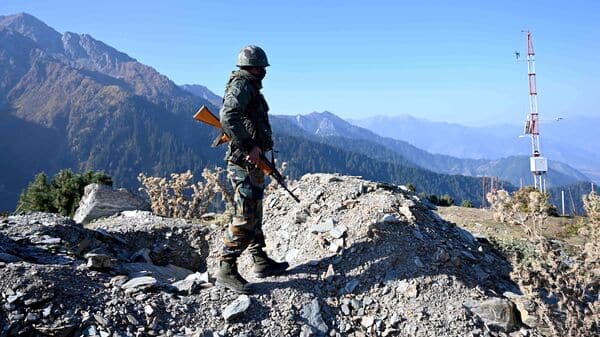 Politics
Politics
Challenges in Centre’s 1-million hiring plan

Summary
With its plan to hire 1 million in 18 months, the central government is looking to effectively compress 11 years of hiring into 18 months. But even this won’t resolve the simmering employment crisis and will stretch government finances furtherLast week, the central government said it would fill its current job vacancies in “mission mode". If that mission holds, one million Indians will land a central government job in the next 18 months. But making that happen will require radical departures from established patterns of hiring.
As of 1 March 2020, the latest date for which such data is available, the central government had about 3.18 million employees against a sanctioned strength of about 4 million. Thus, the government is aiming to fill about one-fifth of its sanctioned strength in 18 months.
The track record is not strong. Last year, the government told Parliament it had inducted 444,813 new employees in the five-year period between 2016-17 and 2020-21. At that rate, adding 1 million new employees will take about 11 years. In other words, the Centre is looking to compress 11 years of hiring into 18 months.
Between 2003 and 2020, the central government staff strength has shrunk. In March 2003, there were 3.57 million employees. By March 2012, this fell to 3.15 million, before inching up to 3.18 million in 2020.
On a net basis (new hirings minus employees leaving service), the pattern is one of big hiring in one year, followed by several years of small net departures.
The two big years were 2003 and 2013, both pre-election years, as will be 2023. But even this won’t resolve the simmering employment crisis in India, while stretching government finances further.
Financial implications
An addition of 1 million will have financial implications for the government. The staff count in March 2020 was 11% below the staff count of March 2003. However, during this period, both the government’s wage bill and pension payout have grown at a compounded annual rate of 16%. That’s roughly doubling every four-and-a-half years. The share of these two heads in the government’s total expenditure is projected to increase from 7.1% in 2003-04 to 12.1% in 2022-23.
Increasing headcount by 23%, that too in one go, will add to the Centre’s wage bill. It won’t add to the government’s pension liabilities, as the government shifted from a system of ‘defined benefit’ for new employees (assured pension for life) to ‘defined contribution’ (pension based on employees’ own savings) beginning January 2004. However, the government’s pension commitments for current and former employees who joined service before that cut off, and are alive, remain fairly onerous.
Lower profiles
While 1 million new jobs is significant, it’s far from enough given the current demand for jobs. According to the government’s 2020-21 Periodic Labour Force Survey, about 33 million in the 15-59 age bracket wanted to work but did not have work. Further, the central government accounts for only about 3.4% of workers earning regular wages or salary in India.
Back in 1957, the sanctioned strength of the government stood at 1.73 million, according to the Seventh Central Pay Commission report released in 2015. It peaked in 1994, at 4.17 million. As of 1 March 2020, it was at 4 million, with 20% vacancies, which the Centre is looking to fill in the next 18 months. While vacancies exist at all levels, 90% of them are at the level of Group C non-gazetted staff, which basically comprises the lowest levels in the central government, and includes functional profiles like pharmacists, technicians, constables and clerks.
Ministry concentration
These vacancies are also spread out across the 77 ministries and departments that make up the government of India. Within them, staff strength is skewed. Just five ministries and departments account for about 92% of central government sanctioned posts as well as employees: railways, home affairs, defence (civil), posts and revenue.
Vacancies are fairly high in some of the 16 ministries and departments whose sanctioned strength exceeds 10,000. It is 66% in the department of science and technology, 49% in the ministry of mines and 39% in civil defence. Comprehensive studies have not been done on the efficiency and right-sizing of central government staff, but the report of the Fifth Central Pay Commission in 1997 noted the data did not provide pointers as to whether the “bureaucracy as a whole is ‘bloated’ or not". For now, the government is looking to become the biggest it has ever been.
www.howindialives.com is a database and search engine for public data.


